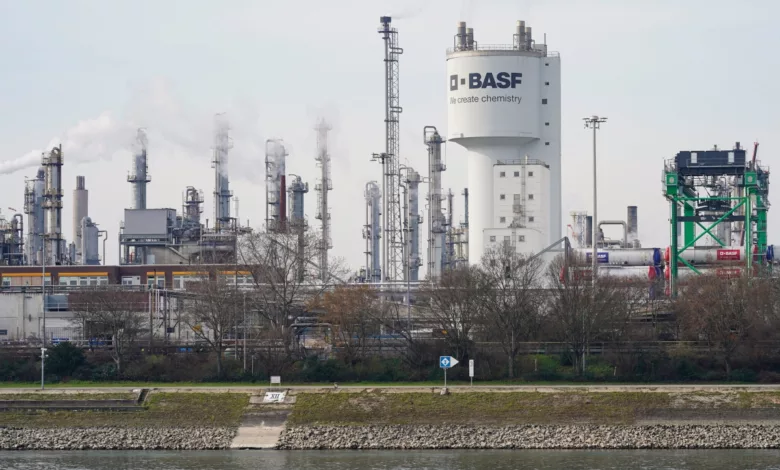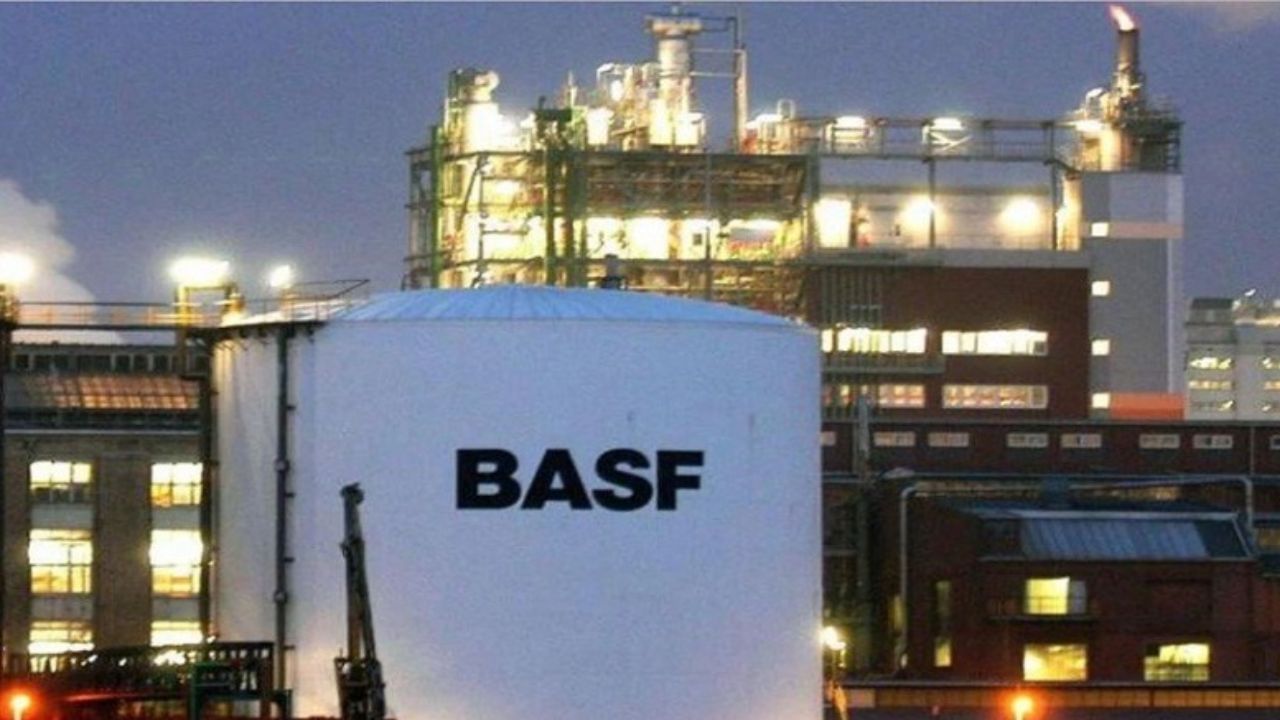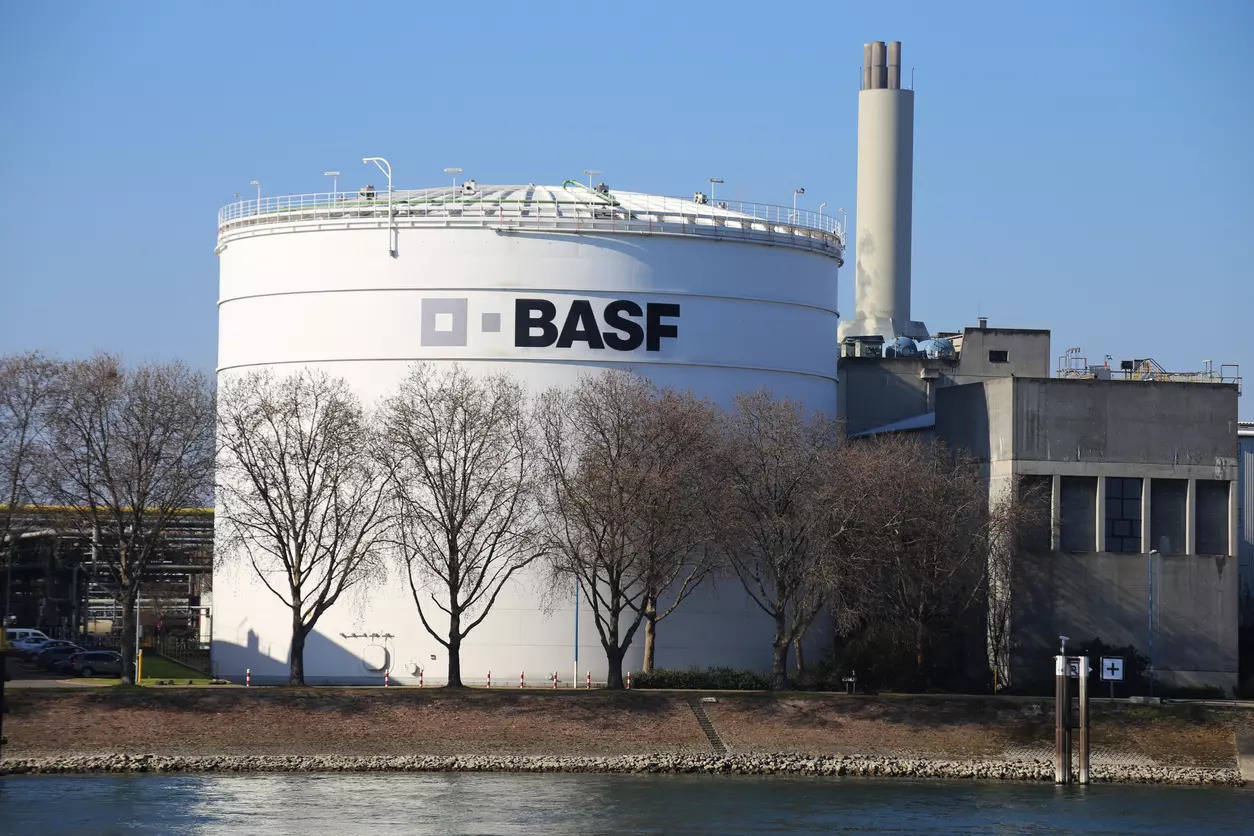BASF Puts Brakes On Share Buyback, Cuts Workforce In Response To Market Challenges In 2023
Despite strong performance in 2021, BASF prepares for uncertain future.

The German chemical firm BASF has announced that it will lay off 2,600 employees and cease its €3 billion share buyback program. In reaction to poor market conditions, this decision was made as part of a bigger plan to restructure the company and improve its bottom line. This article will discuss why BASF had to reorganise, provide a full overview of the strategy, and discuss how the plan will affect the company’s employees and stockholders.

Background on BASF
Before discussing what caused BASF to reorganise, let’s learn more about the corporation. BASF was established in 1865, and its headquarters are located in the German city of Ludwigshafen. The business is one of the largest in the chemical industry. It has over 110,000 employees in 80 countries. BASF manufactures a variety of products, including chemicals, polymers, coatings, and pesticides.
BASF’s performance over the past few years has been all over the place. In 2019, the company earned a net profit of €4.5 billion on sales of €59 billion. Despite a decline in sales to €57 billion in 2020, net income increased to €226 million. Both the COVID-19 outbreak and the effects of the recession on chemical use contributed to the decline.

The Need for Restructuring
BASF has decided to reorganise for many reasons, including the COVID-19 outbreak that is still going on. The chemical sector as a whole faces issues such as reduced growth, more competition, and price increases. But BASF has its own issues, such as the decline in the auto industry, one of its most important markets.
The termination of the repurchase programme and the layoff of staff are components of a bigger plan to restructure the corporation and address these issues. Martin Brudermüller, the CEO of BASF, stated in a statement that the business needs to “become stronger for the uncertain times ahead.” He emphasised the need for increasing efficiency and profits by investing in industries with the most room for expansion.
Details of the Restructuring Plan
If this is the case, what steps does BASF intend to take as part of its reorganisation plan? Following are many of the most crucial steps:
Cut 2,600 jobs: Around 2% of BASF’s employees are affected. The layoffs, which would likely affect largely administrative and support personnel, should conclude by the end of 2021.
End share buyback program: In March 2020, BASF started a plan to buy back €3 billion worth of shares. Since then, the plan has been scrapped. The show was taken off the air earlier this year because of the pandemic.
Streamline operations: BASF’s objective is to make things easier while producing more. This necessitates the consolidation of certain operational divisions and the reduction of bureaucracy.
Focus on growth areas: BASF will focus on areas that are growing, such as battery technology for electric cars, renewable energy, and digitalization.

Impact on Employees and Shareholders
Any restructuring plan is bound to have an impact on employees and shareholders, and BASF’s is no exception. Let’s take a closer look at how each group will be affected.
Employees:
The most evident and direct effect of the slowing economy on employees is layoffs. There will be approximately 1,000 job losses in Germany, with the remainder occurring in other nations. BASF has pledged to assist affected employees in every way possible, including through early retirement, severance pay, and job transfers. Despite this, a significant number of individuals will lose their jobs.
Shareholders:
The shareholders may be disappointed that the share repurchase programme has ended because it may have increased the value of their shares. Nonetheless, considering the current state of the economy, some economists believe that cancelling the programme is the best course of action.
Probability of improved economic outcomes: The reorganisation strategy could result in improved financial performance and perhaps even an increase in share values.
The plan’s effect on employees and stockholders will depend on how well it is put into action and how well it solves BASF’s problems.

Reactions to the Restructuring Plan
Regarding the implementation of the strategy, stakeholders had a variety of opinions. Unions are furious because the layoffs will have a greater impact on their members than on others and because BASF should have considered alternative cost-cutting measures first. Some employees are concerned about how this may impact their personal and professional lives.
Yet many analysts and stockholders view BASF’s reorganisation as an essential step to enhance the company’s bottom line. According to them, the company must be more adaptable and able to change in order to remain competitive in the volatile chemical market.

Looking Ahead
Both BASF’s proposal to lay off employees and its plan to repurchase shares are responses to the current poor market conditions in the chemical industry. The COVID-19 outbreak has exacerbated these issues, but BASF’s proposal to reorganise is intended to address them and increase the company’s profitability.
To ensure the success of the reorganisation plan, BASF must be able to allocate resources to expanding industries. Also, the degree of economic recovery and the amount of competitiveness in the chemical business will have an impact.
Because the company decided to restructure, its employees don’t know what their careers and future opportunities will be like. Although stockholders may be disappointed by the termination of the programme, it may be beneficial for the long-term financial performance of the organisation.
In the following months and years, people will pay close attention to BASF’s reorganisation plan, as it represents a significant shift in the chemical sector.
A lot of chemical companies are trying to change and stay competitive in the face of problems that are similar to these. This strategy is an example of this larger trend.
BASF prioritises sustainable practices. It has established stringent goals to minimise its carbon footprint and enhance its environmental business practises. The proposal to reorganise includes spending money on environmentally friendly equipment and supplies. This will position BASF at the forefront of the transition to a low-carbon economy.
BASF is also investing in digitalization, which might increase output while reducing expenses. The organisation is developing new technical applications and solutions to enhance operations and supply chains. BASF intends to increase its adaptability to market changes with the aid of this investment in digital technology.
In addition to these costs, BASF is getting rid of some of its less important operations. In 2020, Lone Star Funds paid €3.17 billion for the building chemicals segment of the corporation. BASF did this deal as part of its plan to focus on what it does best and improve its financial performance.
Conclusion
The firm and the chemical industry as a whole have taken a major stride forward with BASF’s decision to reduce its workforce and initiate a share buyback program. The plan takes into account industry issues and the need for enterprises to adapt and become more competitive.
To ensure the success of the reorganisation plan, BASF must be able to allocate resources to expanding industries. Sustainability and digitization projects will be crucial to the company’s long-term success.
Because the company decided to restructure, its employees don’t know what their careers and future opportunities will be like. Although stockholders may be disappointed by the termination of the programme, it may be beneficial for the long-term financial performance of the organisation.
In the following months and years, people will pay close attention to BASF’s reorganisation plan, as it represents a significant shift in the chemical sector. As the corporation navigates the positives and negatives of the post-pandemic world, its capacity for innovation and adaptation will be crucial to its survival.
Edited by Prakriti Arora





